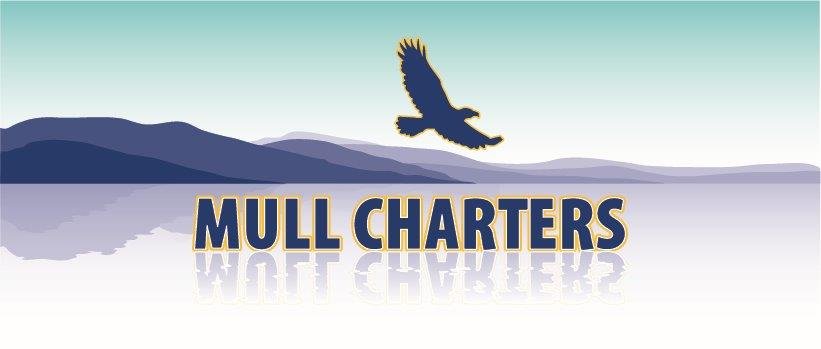
charter boat mull
charter boat, sunset cruise, evening cruise, fishing trips, sea fishing, wildlife, bird watching, sea trips
The Isle of Mull is the second largest island of the Inner Hebrides, off the west coast of Scotland in the council area of Argyll and Bute.
With an area of 875.35 square kilometres (337.97 sq mi) Mull is the fourth largest Scottish island and the fourth largest island surrounding Great Britain. In the 2001 census the usual resident population of Mull was 2,667; in the summer this is supplemented by many more tourists. Much of the population lives in Tobermory, the only burgh on the island until 1973, and its capital.
It is widely understood that Mull was inhabited shortly after the end of the last ice-age, from around 6000 BC. Bronze Age inhabitants built menhirs, brochs and a stone circle with examples of burial cairns, cists, standing stones, stone circles, pottery and knife blades providing compelling evidence.
Between 600 BC to 400 AD Iron Age inhabitants were building protective forts, duns and crannogs. The early Christian period began in the 6th Century, with 563AD being a pivotal point as it is believed that Christianity was returned to mainland Britain by St. Columba, when he arrived from Ireland to set up a monastery on the Island of Iona just off the south-west point of Mull.
In the 14th century Mull became part of the Lordship of the Isles. After the collapse of the Lordship in 1493 the island was taken over by the clan MacLean, and in 1681 by the clan Campbell.
In 1588 one of the ships of the Spanish Armada, Florenica, was moored in Tobermory Bay and blown up there, reputedly with £300,000 of gold bullion on board. In 1773 this island was also visited by Samuel Johnson and James Boswell during their famous Tour of the Western Islands.
During the Highland Clearances in the 18th and 19th centuries, the population fell from 10,000 to less than 4000.
Mull boasts such historic buildings as Duart Castle and Torosay Castle, both open to the public from Easter to September. The mausoleum of Lachlan Macquarie, Governor of New South Wales from 1809 to 1822, may be found in the village of Gruline on the island (Macquarie had been born on the nearby island of Ulva).
Mull has a coastline of 480 kilometres (300 mi) and its climate is moderated by the Gulf Stream. The island has a mountaineous core, the highest peak on the island being Ben More, which reaches 966 metres (3,170 ft). Various peninsulas, which are predominantly moorland, radiate from the centre.
The Aros peninsula to the north includes the main town of Tobermory, which was a burgh until 1973 when burghs were abolished. Other settlements include Salen and Calgary. The Ross of Mull lies to the south west and includes the villages of Bunessan, Pennyghael, Uisken and Fionnphort. Lochbuie, Lochdon and Craignure lie to the east.
Numerous islands lie off the west coast of Mull, including Erraid, Iona and Ulva. Smaller uninhabited islands include Eorsa, Gometra, Inch Kenneth, Little Colonsay, the Treshnish Isles and Staffa of Fingal's Cave fame. Calve Island is an uninhabited island in Tobermory Bay. Two outlying rock lighthouses are also visible from the south west of Mull, Dubh Artach and Skerryvore. The Torran Rocks are a large shoal of reefs, islets and skerries, approximately 15 square miles (39 km2) in extent, located two miles (3 km) to the south west, between the Ross of Mull peninsula and Dubh Artach. The Treshnish Isles are a central part of the scenery of the southern Hebrides. Like a fleet of Dreadnoughts passing through the Hebrides in line astern, these islands have been landmarks for travellers through the Hebrides for at least 1000 years. The names of some of the islands still reflect their importance to the Vikings who once ruled in the Hebrides. Staffa is the legendary home of Fingal the Giant, the picture above is of Fingal's Cave. The composer Mendelssohn was inspired by a visit to the island, you might even hear an excerpt from the overture if you travel to Staffa on one of the boat trips that leave from Mull.